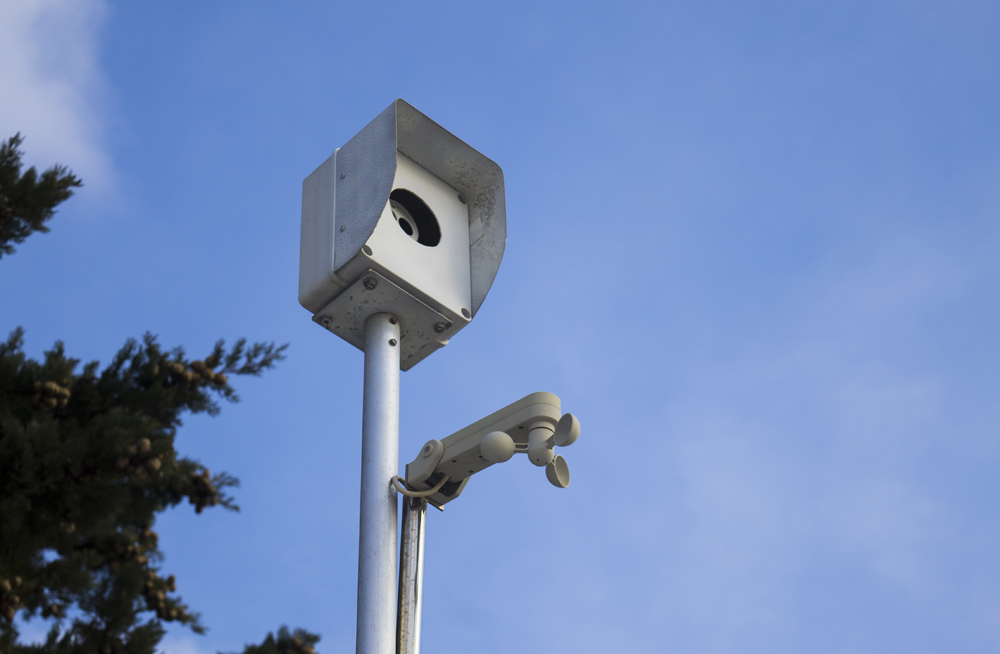- 14 3402-5578
- Rua Hygino Muzy Filho, 737, MARÍLIA - SP
- contato@latinoobservatory.org
 Imagem de wirestock no Freepik
Imagem de wirestock no Freepik
A surveillance program in the United States is underway, according to a report by The Intercept. Such a program will be implemented by the U.S. Department of Homeland Security to combat irregular immigration along the country's land borders. This program, known as Integrated Surveillance Towers (IST), consists of a network of more than 1,000 manned and unmanned surveillance towers, equipped with advanced monitoring technologies.
The IST program, which has been in development since 2005 and is expected to reach full operational capability by 2034, aims to provide a unified view of unauthorized movements along the northern and southern borders of the United States. The technology used includes cameras, radars, and other sensors, as well as autonomous capabilities and artificial intelligence to detect and identify threats in near real-time.
“The system is called Integrated Surveillance Towers, and it is projected to reach ‘full operational capability’ in 2034, a network of over 1,000 manned and unmanned towers covering the thousands of miles that make up America’s northern and southern borders. IST includes four ever-growing programs: Autonomous Surveillance Towers (AST); Integrated Fixed Towers (IFT); Remote Video Surveillance System Upgrade (RVSS-U); and the Northern Border RVSS (NB-RVSS). The deployment of various towers have been going on so long, some are already obsolete, according to the DHS 2025 budget request”.
While there have been significant investments in this program, government auditors have questioned its effectiveness in reducing irregular immigration. A report by the General Accountability Office (GAO) highlighted the need for better metrics to assess the impact of towers on the border security mission.
The IST program has faced challenges in its implementation, especially in Texas, due to issues related to accessing sites and obtaining permits from landowners. However, DHS has plans to expand the program to cover the entire Canadian border and potentially the California and Atlantic coasts.
“ResearchAndMarkets.com’s November report on ‘Border Security Technologies’ says that the market will exceed $70 billion globally in 2027, rising from $48 billion in 2022. “The adoption of AI-integrated surveillance towers will be critical to driving growth, with the total value of camera systems globally expected to reach $22.8 billion by 2027; up from $10.1 billion in 2022. Surveillance towers are capable of creating a virtual border, detecting, identifying, and tracking threats over great distances”.
The publication also discusses the ethical and legal implications of using advanced surveillance technologies, raising concerns about potential human rights violations and the need to address these concerns to ensure the continued acceptance and adoption of these technologies.











